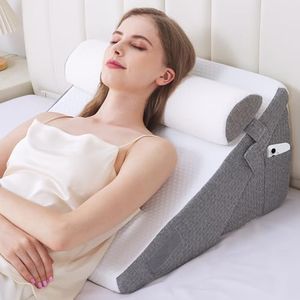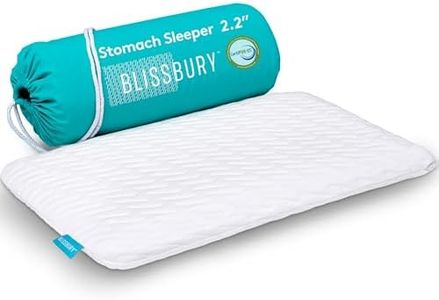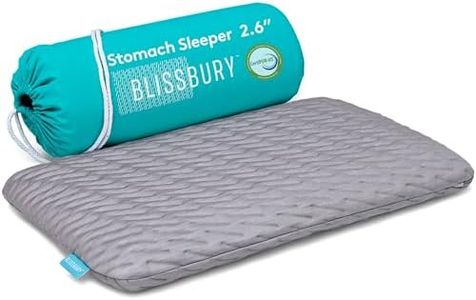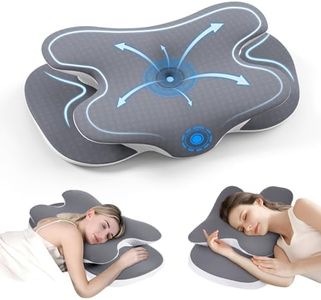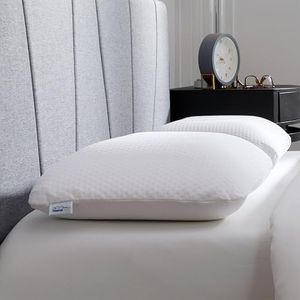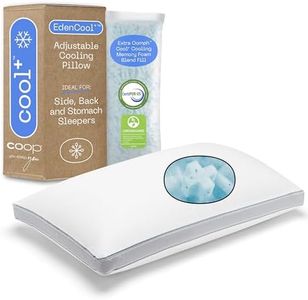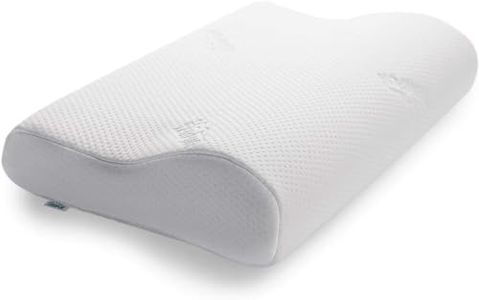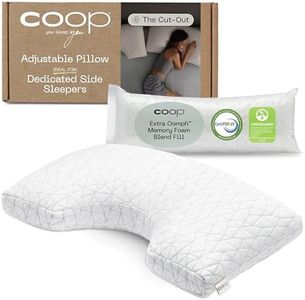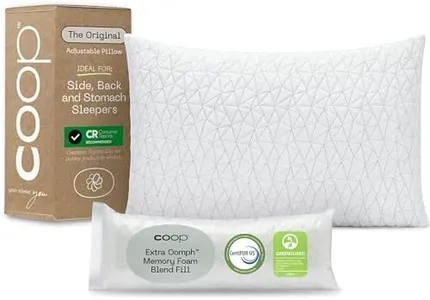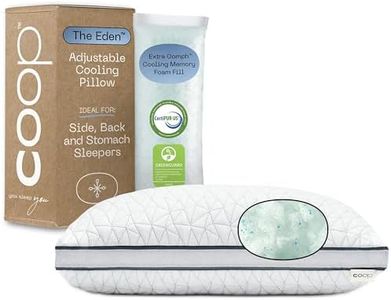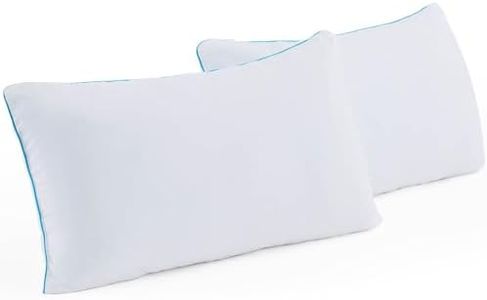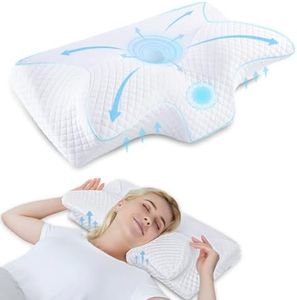We Use CookiesWe use cookies to enhance the security, performance,
functionality and for analytical and promotional activities. By continuing to browse this site you
are agreeing to our privacy policy
10 Best Memory Foam Pillows
From leading brands and best sellers available on the web.Buying Guide for the Best Memory Foam Pillows
Choosing the right memory foam pillow is essential for a good night's sleep and overall comfort. When looking for a pillow, it's important to consider how you sleep, your body shape, and any neck or back issues you might have. A pillow that's comfortable for one person might not suit another, so understanding the main features helps you narrow down your choices for the best fit.Loft (Height)Loft refers to the height or thickness of the pillow when lying flat. It's important because it determines how well the pillow keeps your neck and spine aligned during sleep. If you're a side sleeper, a higher loft may better support your neck, while back sleepers usually need a medium loft, and stomach sleepers often need a low-loft pillow to avoid neck strain. To choose the right loft, consider which position you mostly sleep in and your body size—broader shoulders often need a bit more height for side sleeping.
FirmnessFirmness describes how soft or hard the pillow feels when you lie on it. A firmer pillow holds its shape and provides strong support, which is ideal for side sleepers to keep the neck aligned, while a softer pillow allows more sinking and may be better for stomach sleepers. The right firmness ensures that your head doesn’t sink too deeply or sit too high, so think about what feels comfortable when you rest and test a few levels if possible. Your preferred sleeping position and personal comfort level will be your best guide.
ShapeMemory foam pillows come in different shapes, such as traditional (rectangular), contoured (with a wave shape), or ergonomic (specially designed for neck support). Shape is important because it affects how the pillow supports your head and neck—contoured pillows are often recommended for people with neck pain, while traditional shapes are familiar and universal. Choosing the best shape depends on whether you’re looking for extra support or a classic feel; try different types to see which one suits how you sleep and addresses any physical concerns.
Materials and CoverThe memory foam itself can be solid or shredded, and the pillow cover is usually made from materials like cotton, bamboo, or polyester. The type of foam affects the pillow’s feel—solid foam is consistent and supportive, while shredded foam is adjustable and more breathable. Covers play a big role in comfort and maintenance; breathable, removable covers are easier to clean and help reduce heat. Pick based on whether you prefer a more ventilated pillow, have allergies, or want an easy-care option.
Cooling and BreathabilityMemory foam tends to trap heat, so many pillows feature cooling technologies like gel infusions, ventilated holes, or breathable covers. If you sleep hot or live in a warm climate, these features can make a noticeable difference in sleep comfort. Assess how sensitive you are to temperature at night and, if you commonly wake up hot, prioritize pillows with enhanced cooling options.
AdjustabilitySome memory foam pillows allow you to add or remove filling (usually shredded foam) to adjust the loft and firmness. Adjustability is important if you’re not sure about your ideal pillow height or if your preferences change over time. If you want a pillow that adapts to your evolving needs or simply like customizing things, consider this feature when choosing.


